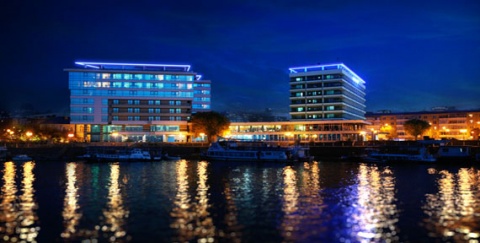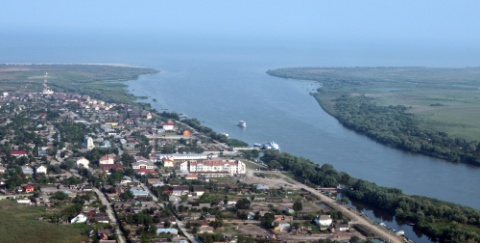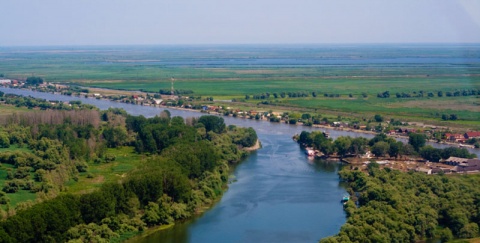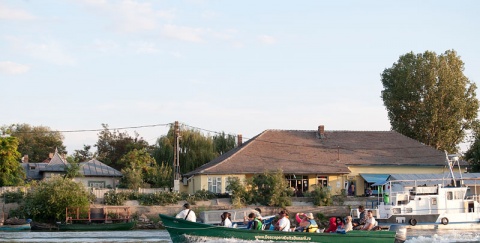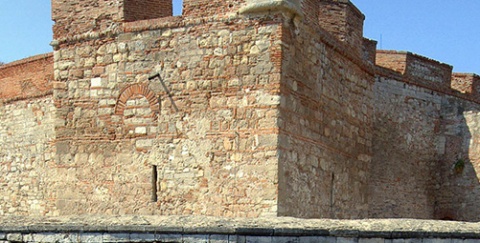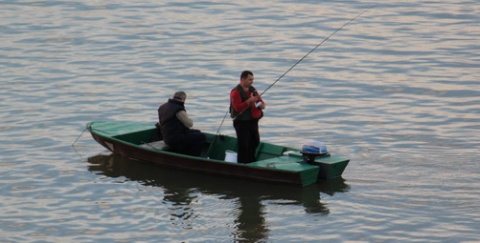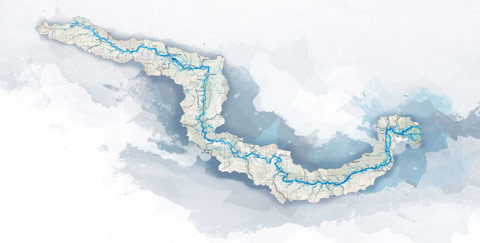
Istria is a commune in Constanta County. This most attractive and most visited archaeological site, dubbed Pompeii of Romania, has been awarded the European Heritage Label. According to Eusebius of Caesarea, it was founded by Greek settlers from Miletus between 657 and 656 BC, but according to Scymnus of Chios, it was in 630 BC. It existed until the 7th century AD. The site has been explored since 1868 and is the best known archeological site in Romania. Along with Tomis (6th century BC; today Constanta) and the Dorian colony Callatis, it was the most important Greek colony on the Black Sea coast. When Romans took over Histria in the 1st century BC, these three cities got civitates liberae or stipendiariae status, allowing them to keep their Greek institutions.
Archeologists have discovered three layers of archaic Greek period (630–500 BC), six layers of classical Greek period (500–350 BC), four Hellenistic layers (350–20 BC) and four Roman layers (30–250 AD). It is believed that the building of new baths (ca. 30 AD) marks the arrival of the Romans. Around 170 AD, Histria was heavily destroyed by the invading Goths. It never fully recovered, but it was prosperous through the Byzantine times until the 7th century AD. An earthquake or another Avar invasion may have put an end to the city’s existence. It is also possible that Histrians left due to the loss of their harbour and moved to Tomis, now Constanta. Ancient Histria was situated on a peninsula directly on the Black Sea. The ancient coastline has since changed due to the Danube’s enormous sedimentary deposits. The salty Lake Sinoe, which used to open to the sea until 1960 but is now an extension of Lake Razim, is in-between, as well as one of the most beautiful lagoons of the country.Lake Razim is famous for thousands of migrating red-breasted geese (November). The freshwater Lake Nuntasi is also excellent for bird watching.
Histria’s ruins, some up to 7.5 metres tall, demonstrate the importance of the city. See the Main Gate and the Main Square of the late Roman town, Aphrodite’s Temple, the Temple of Zeus (Jupiter), pilaster, the Rhemaxos Basilica, tabernae (shops) in the commercial district, two Roman thermae (baths), the Episcopal Basilica, the sacred area and the towers. Conservation and restoration are underway. Rich collections of votive, funerary and decorative reliefs, Greek and Roman ceramics, architectural elements, sculptures, jewellery and cult objects are on display in the local Histria Museum. A total of 430,000 artefacts are kept at the Museum of National History and Archaeology (Constanta). Also worth visiting in Constanta County are Capidava Fortress – a Roman camp built in 2nd century AD (www.capidava.ro), and Carsium Fortress – founded by Trajan in 103 and re-fortified in 10th–11th century (www.harsova.ro).
DANUBE.TRAVEL has no control over the website content generated by users and/or visitors, neither such content represents a statement, opinion, recommendation or rating by DANUBE.TRAVEL. For further information please refer to DANUBE.TRAVEL – General Website Terms and Conditions of Use.
Places near this location
Where to stay
What to do
Fishing, hunting and individual boat trips into the Danube Delta with motorboat CamyMar.
The programmes are themed, so that we can help you...
 EN
EN DE
DE
